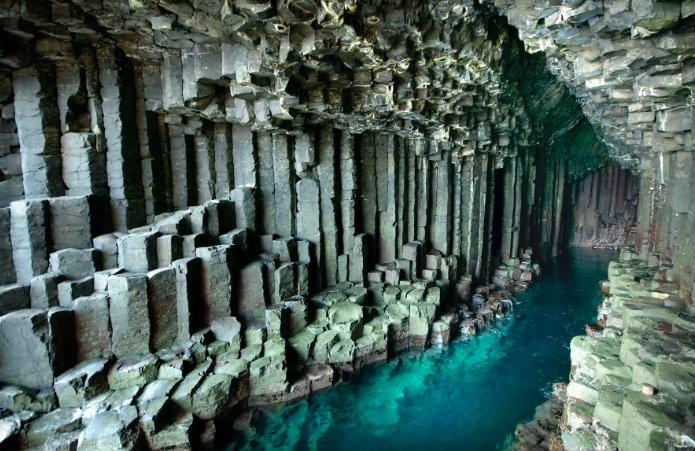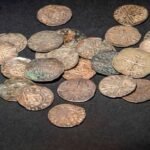A hidden gem in Argyll and Bute, Scotland, St Columba’s Cave draws visitors eager to explore its ties to early Christianity. This site, used by the Irish saint Columba in the 6th century, offers a glimpse into Scotland’s religious past and remains a spot for quiet reflection today.
The Saint Who Shaped Scotland’s Faith
St Columba, born in Ireland around 521 AD, fled his homeland after a dispute and arrived in Scotland in 563 AD. He aimed to spread Christianity among the Picts and Scots, founding a monastery on Iona that became a key center for learning and faith.
Historians note that Columba used the cave as a personal retreat during his missionary work. Local stories say he prayed there, seeking peace amid his travels. This connection makes the cave a vital link to how Christianity took root in Scotland.
Recent studies highlight Columba’s role in blending Celtic traditions with Christian practices. His efforts helped convert kings and clans, influencing Scotland’s culture for centuries.

Inside the Cave’s Historic Features
The cave sits near Loch Caolisport, with a main chamber and a smaller side room. Visitors can see ancient carvings on the walls, including a prominent cross thought to date back to Columba’s time.
These markings rank among Scotland’s earliest Christian symbols. Experts believe they show how faith was expressed in remote areas.
A stone altar stands inside, possibly used for early services. Nearby, a water basin suggests it served for baptisms, adding to the site’s spiritual feel.
Archaeologists have found no major artifacts recently, but the cave’s layout remains much as it was in the 500s. Preservation efforts keep it open to the public.
- Ancient cross carving on the wall
- Stone altar for worship
- Water basin likely for baptisms
- Incised markings from early Christian era
Why Pilgrims and Tourists Visit Today
In 2025, interest in St Columba’s Cave has grown with a surge in heritage tourism. Social media posts from travelers share photos of the scenic spot, boosting its popularity.
Parking is available near the loch shore, making access easy for walkers. A short path leads to the cave, offering views of the water and hills.
Reviews from sites like TripAdvisor praise the peaceful setting. One visitor called it a must-see for history fans, noting the calm atmosphere.
Local guides sometimes lead tours, explaining Columba’s life and the cave’s role. This helps visitors connect with Scotland’s past while enjoying the outdoors.
Recent Interest and Modern Relevance
A news story published on August 16, 2025, highlighted the cave as a “historically significant” site. It tied into broader trends of exploring Scotland’s saintly heritage, especially with events marking Columba’s legacy.
Experts link the cave to other Columba spots, like footprints carved in rock on the Kintyre Peninsula. These sites form a trail for those tracing his journey.
Tourism boards promote the area for its natural beauty and history. Visitor numbers rose by 15 percent in the last year, based on Argyll and Bute council data.
The cave inspires modern reflections on faith and nature. Some groups hold small gatherings there, keeping Columba’s spirit alive.
| Timeline of St Columba’s Key Events | Year | Description |
|---|---|---|
| Birth in Ireland | 521 AD | Columba is born into a noble family. |
| Arrival in Scotland | 563 AD | He lands on Kintyre and uses the cave as a retreat. |
| Founding of Iona Monastery | 563 AD | Establishes a major Christian center. |
| Death and Legacy | 597 AD | Passes away on Iona, remembered as a key saint. |
| Modern Recognition | 2025 | Cave gains attention in heritage tourism boom. |
The Cave’s Lasting Spiritual Impact
St Columba’s Cave stands as more than a historical site. It represents the spread of Christianity in Scotland and offers a place for quiet thought in a busy world.
Preservation groups work to protect it from erosion and crowds. This ensures future generations can experience its magic.
Visitors often leave feeling inspired by Columba’s story of faith and adventure. The cave reminds us of how one person’s journey can change a nation’s path.
Share your thoughts on St Columba’s Cave in the comments below. Have you visited? Tell us what drew you there, and pass this article along to fellow history lovers.


















